Step One: Hire an Attorney.
Hire an attorney by signing a written fee agreement and paying a fee deposit and cost deposit, also known as a Retainer Agreement.
Step Two: How do you begin the Case?
Usually a petition for the legal relief you want is filed with the Clerk of the court and served upon the other party with a Summons explaining that they need to respond to the Petition. However, an attorney can 1) Send a letter to the other party; and/or 2) The attorney can send a proposed Agreement to the other party. (Provided parties exchange Financial Affidavits.); and/or 3) The attorney can file and serve a Petition asking for the Relief you want. You can do all three above at once or two or one at a time.
Step Three: Filing the Petition.
After the Petition is filed and provided there is no agreement, the other party (the person receiving the petition and summons) must answer the petition within twenty calendar days or a default is entered. A default means all allegations of the petition are admitted or considered true. Usually the other party hires an attorney to represent them. The other attorney files an answer and often a counter petition for relief is filed. A party can represent themselves in court, but they are treated as if they know the rules of evidence, the rules of procedure, the statutory law and the case law. Consider the wise saying attributable to Abraham Lincoln that, “He who represents himself has a fool for a client.” Or “She who represents herself has a fool for a client.”
Step Four: Required Disclosure.
Information is disclosed to the other party about your income, expenses, assets and liabilities. This is called discovery. Mandatory disclosure must be exchanged. (List of 16 items) Mandatory disclosure can be waived but filing a Financial Affidavit cannot be waived unless you are seeking no financial relief. If there are minor children of the parties a court approved four and ½ hour course must be taken. The parents do not go together unless they want to do so. This course should be taken soon so the issues addressed in court are heard, understood, and acknowledged. The certificate received is filed in the Court file.
Step Five: Mediation.
After mandatory disclosure and other discovery (like production of documents, answers to written or oral questions) the attorney’s and the parties often go to Mediation. Mediation is where a neutral third party, the mediator, helps the parties reach a mutually acceptable written agreement without saying what the agreement should be. If you reach a complete written agreement the court need not decide other than if the Agreement meets the requirements of law. The mediator is not a judge. The mediator makes no decision on behalf of the parties. The mediator does not determine who is telling the truth or who is telling a lie. The mediator does not determine who is right and who is wrong. They are there to help the parties in reaching an amicable resolution. The mediator tries to get the attorney’s and the parties to agree upon all the issues or conflicts in your particular case. If the result of the mediation is a complete agreement the parties can get a Judgment approving their agreement. If the result of mediation is a partial agreement, the court will determine the remaining issues not resolved or agreed upon. If there is no agreement then the court determines all the unsettled issues unless the parties enter a written agreement before the judge makes their written ruling.
Step Six: Trial Preparation.
If mediation is unsuccessful the attorneys will prepare the case for trial by obtaining additional facts or proof of facts through discovery, (depositions-sworn statements under oath) subpoenas for documents or witnesses, talking to witnesses, etc.
Step Seven: Obtaining the Trial Date.
The attorneys get a time and date to appear before the court for the trial. The parties and their witnesses appear for the trial. The attorney’s ask questions of the parties, their witnesses, introduce evidence such as documents, (Financial Affidavits), appraisals, expert testimony, etc. At the close of the evidence the Court considers the facts and the law in making a ruling presented.
Usually, the parties enter a written agreement because they want no stranger (the judge) to decide the case for them and because the parties do not want the expense both emotionally and monetarily of a trial.

